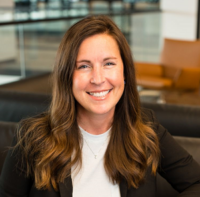
Tornados might be a common occurrence in the flatlands of Eastern Iowa, but tornado slides inside a credit union? Not so much.
But that’s exactly what Collins Community Credit Union ($1.6B, Cedar Rapids, IA) included in a 3,000- square-foot recreational and learning space it built as an after-school safe haven for students to play and learn in a guided environment. The space — dubbed “The Hub” — also includes foosball tables, a basketball court, a ping pong table, and video games.
“I grew up in this neighborhood, so I have a heart for it,” says Lindsey Dozier, vice president of retail at Collins Community. “I went to our CEO and said, ‘I have a crazy idea.’”
A Center To Engage And Educate
At the time, the credit union was preparing to remodel its existing downtown branch located on First Avenue NE in Cedar Rapids. The credit union had had a presence at that location for 31 years and was looking for new ways to engage with its members and neighbors.
Unfortunately, according to Dozier, the branch space couldn’t accommodate the recreation area, but the cooperative didn’t have to look far to find a suitable location for an updated branch. The building across the street, a former bank branch with 18,000 square feet of total space, went up for sale in early 2021. Collins Community purchased it, gutted it, and redesigned the first and bottom floors.
CU QUICK FACTS
COLLINS COMMUNITY CREDIT UNION
DATA AS OF 12.31.22
HQ: Cedar Rapids, IA
ASSETS: $1.6B
MEMBERS: 90,481
BRANCHES: 10
EMPLOYEES: 272
NET WORTH: 7.6%
ROA: 0.12%
“As we designed the space, we kept a community focus and really homed in on what we had learned from the neighborhood and members over the years,” Dozier says. “Through our observations in the neighborhood, we knew there was a real need for financial literacy.”
That need, according to Dozier, was affecting the branch’s ability to effectively serve members. More than just a branch, Collins Community wanted to create a welcoming environment for students as a place to come after school.
“We wanted to create a space where they would want to come and be engaged that looked nothing like a school,” Dozier says. “We put our focus on middle school students so they could achieve their dreams. As we’ve worked with these kids, they start seeing they have the power to make these dreams come true.”
Life, Dreams, And Finances
The Hub provides a safe place after school for middle school students to be kids while helping them learn and achieve their dreams. Although the location officially opened in June 2022, its full slate of after-school programming began in September with the start of school.
On Mondays, Wednesdays and Fridays, the credit union welcomes 15 to 20 students from various middle schools in the downtown area. Mondays are dedicated to financial wellness and teaching students about credit scores, different types of debt, and good savings practices.
Collins Community takes a “learn to earn ”approach, reinforcing learning through a financial literacy gamification platform called Zogo that allows students to play out real life scenarios and earn rewards for their time. Students can then redeem rewards for time on the foosball table or Madden football on the PlayStation.
But life — and education — is about more than finances. That’s why Collins Community has partnered with the Eastern Iowa Art Academy, bringing art education and exploration to students once a week on Wednesdays. The Hub staff regularly take the students to the Art Academy where they can explore and work on art projects or play musical instruments.

“It gives these kids the opportunity to express themselves,” says Josh Keldgord, the credit union’s previous member experience manager who was recently named executive director of The Hub. “It helps them realize their dreams can come to fruition. We want to help these kids get ready for life. That’s the best thing we can do for them right now.”
Fridays are longer days at the Hub — students typically clock in nearly four hours there after school — and participants can take advantage of extended recreational free time. A community organization known as Tanager Place provides guided yoga and discusses physical wellness and mental health. The Hub also invites inspiring guest speakers to speak with the students on Fridays.
“We focus on local guest speakers who have been successful, so the students are hearing from people just like them who grew up in the same community,” Keldgord says.The Hub runs all year with sessions starting every six weeks. Keldgord says the program is somewhat limited on space, but it does have students who return again and again because they are getting continual value from it.
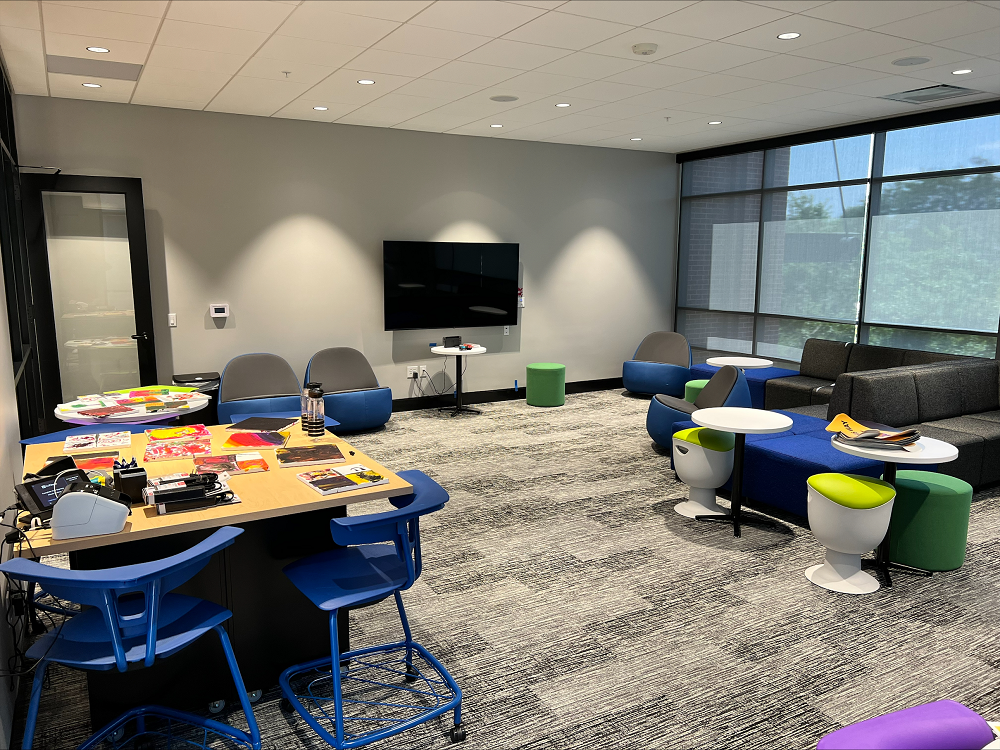

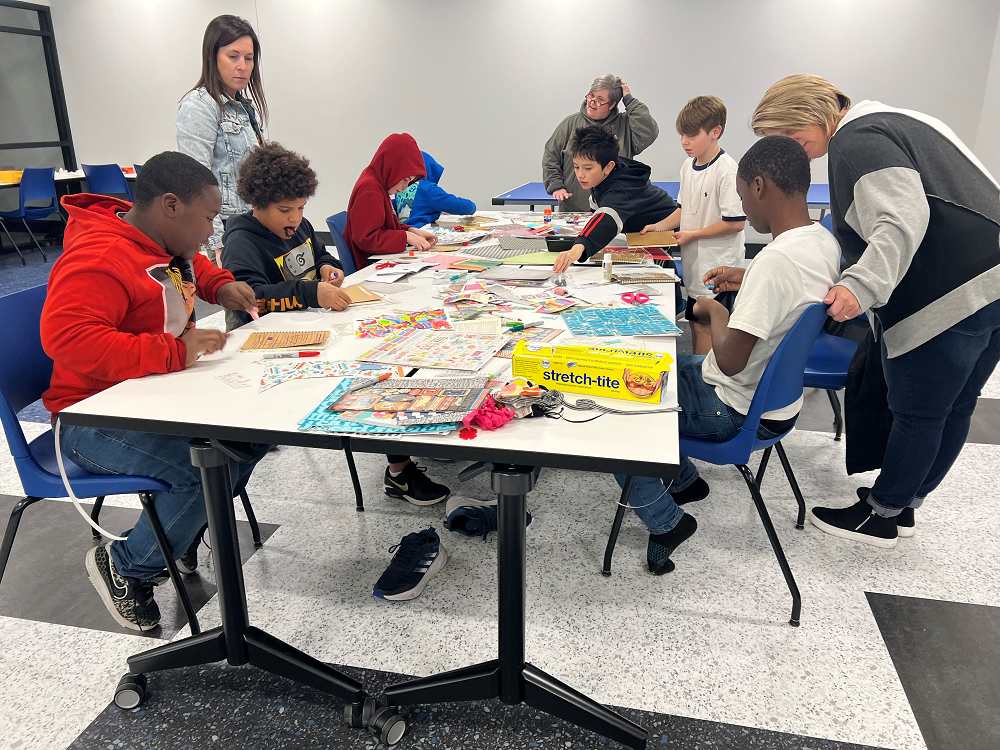
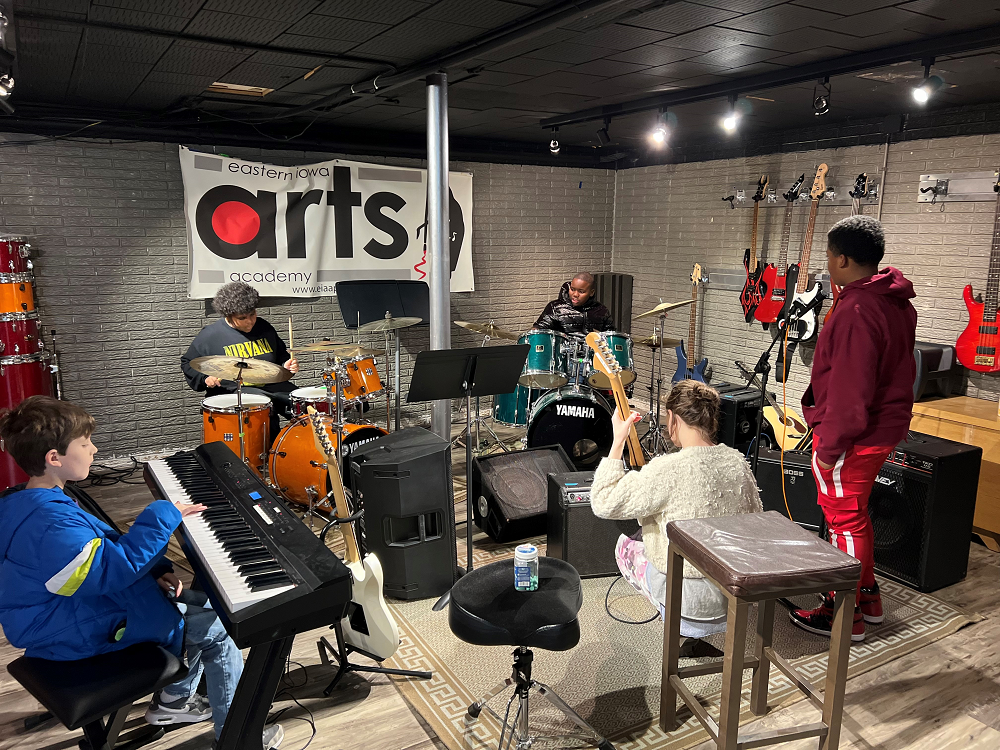
Community Give Back
Partner support is essential to The Hub because it allows the credit union to focus on program participants rather than operating costs.
“We’re doing all of this while trying not to sell our products,” Keldgord says. “We’re doing this purely as a way to give back to the community.”
And The Hub allows the credit union to give back to the community in ways that extend beyond middle school programing.
Last year, the African American History Museum started a major remodel that has temporarily displaced its office staff. The Hub, which is located less than three miles from the museum, stepped up with lease-free office space for the museum.
The Hub has other tenants, too. Neighborhood Finance Corp focuses on building affordable housing in Iowa. Empowering Youths of Iowa works with area at-risk youth to help them graduate from high school. The organization also runs a food pantry out of The Hub that’s open to the neighborhood. When students leave The Hub each day, they are invited to take home food to their family. And, in-residence Tanager youth counselors are available to The Hub youth for 10-plus hours every week.
“All of this is going on under one roof,” Keldgord says.
So, how does a credit union that has created a community program from the ground up, bought a new building to make it happen, and intentionally doesn’t focus on product growth measure success?
Collins Community does it through attendance, return rate, and overall program engagement. It also measures engagement with The Hub’s partners. Over time, the credit union will focus on long-term success metrics that measure the financial stability and security of the program’s participants and their families. In the short-term, Collins Community measures success a little differently.
“We have one particular student who was struggling with attendance,” Dozier says. “His school counselor and parents sat him down and asked what would make him want to come to school. He said if he could keep coming to The Hub, then it would make a difference. He has completely turned his performance around at school. His mom told us he’s a completely different kid. We know we’re not the sole reason, but we know we had an impact on this kid’s life.”
It’s Time To Lead With Purpose
Rethink your credit union’s role and responsibility to members, employees, communities, and the environment with Sustainable Business Strategy, a virtual learning experience Callahan & Associates offers in collaboration with Harvard Business School Online.
LEARN MORE & REGISTER TODAY
